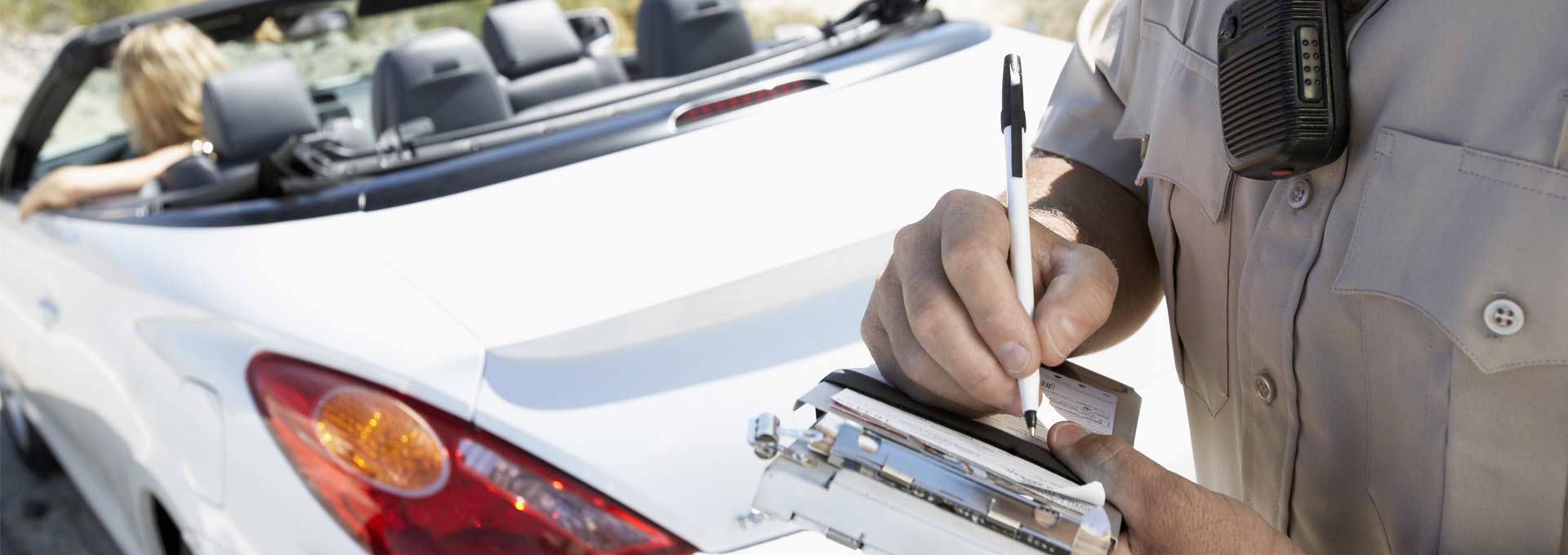Introduction: The Power and Allure of Videography
Videography is a captivating art form that combines technology, creativity, and storytelling. Join us as we embark on a comprehensive guide, unraveling the intricacies and exploring the allure of videography – a medium that has the power to capture moments, convey emotions, and tell compelling stories.
Chapter One: Foundations of Cinematic Mastery – Understanding the Basics of Videography
Before diving into the creative realm of videography, it’s essential to grasp the fundamentals. This chapter lays the groundwork for aspiring videographers, covering everything from camera settings to composition techniques.
Choosing the Right Speed for Cinematic Appeal
Frame rate is a crucial aspect of videography that influences the cinematic appeal of footage. Explore the significance of choosing the right frame rate for different scenarios and discover how it contributes to the overall storytelling process.
Composition Techniques
Composition is an art form that enhances the visual appeal of videography. Uncover essential composition techniques that help videographers frame their stories, creating shots that are not only technically sound but also visually captivating.
Navigating Cameras, Lenses, and Accessories
A videographer is only as good as their equipment. This chapter delves into the essential tools of the trade, from cameras and lenses to accessories that can elevate the quality of your videography.
Choosing the Right Camera
The camera is the heart of videography. Explore the different types of cameras available, from traditional camcorders to DSLRs and mirrorless options, and understand how to choose the right one based on your videography style.
Lens Selection Tips
Lenses play a crucial role in videography, influencing the look and feel of your footage. Learn valuable tips for selecting the right lenses to achieve the desired visual style and optimize your shots for various scenarios.
Mastering the Art of Illumination
Lighting is a cornerstone of videography, shaping the mood and atmosphere of your shots. This chapter explores lighting techniques that videographers can master to enhance the visual appeal of their footage.
Chapter Three: Nature’s Glow – Understanding the Dynamics of Natural light vs. Artificial Light in Videography
The choice between natural and artificial light is a critical decision in videography. Delve into the dynamics of each, understanding how to harness their power to create visually stunning scenes that align with your creative vision.
Creating Depth and Dimension in Your Shots
The three-point lighting setup is a classic technique that adds depth and dimension to your shots. Learn how to implement this setup effectively, whether you’re shooting interviews, narratives, or product videos.
Chapter Four: Beyond the Basics – Advanced Techniques for Elevating Your Videography
As you progress in your videography journey, it’s time to explore advanced techniques that can take your craft to new heights. This chapter introduces sophisticated approaches to storytelling, camera movement, and post-production.
Cinematic Camera Movements
Cinematic camera movements can add a dynamic and immersive quality to your shots. Explore techniques such as tracking, panning, and tilting, understanding how to use them effectively to tell engaging stories through movement.
Chapter Four: Editing Alchemy – Post-Production Magic for Creating Seamless and Impactful Videography
Post-production is where the magic truly happens. Uncover editing tips and techniques that will help you refine your footage, create seamless transitions, and enhance the overall impact of your videography projects.
Chapter Five: From Documentary to Cinematic – Exploring Genres and Styles of Videography
Videography spans a multitude of genres, each with its unique style and storytelling approach. This chapter takes you on a journey through various genres, from documentary filmmaking to cinematic narratives.
Documentary Videography
Documentary videography is a powerful medium for telling real stories with authenticity. Explore the techniques and approaches used in documentary filmmaking to capture compelling narratives and evoke emotional responses.
Crafting Narratives with Cinematic Flair
Cinematic storytelling adds a touch of flair to your narratives, elevating them to cinematic heights. Learn how to use visual techniques, sound design, and pacing to create cinematic experiences that captivate audiences.
Chapter 6: Videography in the Digital Age
The digital age has transformed the landscape of videography, introducing new tools, platforms, and opportunities. This chapter explores how videographers can navigate the digital realm and adapt to technological advancements.
4K and Beyond
4K and beyond have become standard resolutions for videography. Explore the advantages of high-resolution video production, from enhanced clarity to creative flexibility, and understand how to leverage these advancements in your projects.
Reaching Wider Audiences Through Digital Channels
The rise of online platforms has revolutionized the distribution of videography. Discover how videographers can leverage platforms like YouTube, Vimeo, and streaming Services to reach wider audiences and share their work globally.
Epilogue: Lights Dim, Cameras Roll – Reflecting on the Ever-Evolving Landscape of Videography
In conclusion, videography is a dynamic and ever-evolving art form that continues to captivate audiences worldwide. As we reflect on the journey through the intricacies of equipment, lighting, techniques, genres, and the digital age, one thing remains certain: the allure of videography will persist, and videographers will play a crucial role in shaping the visual stories of the future.
